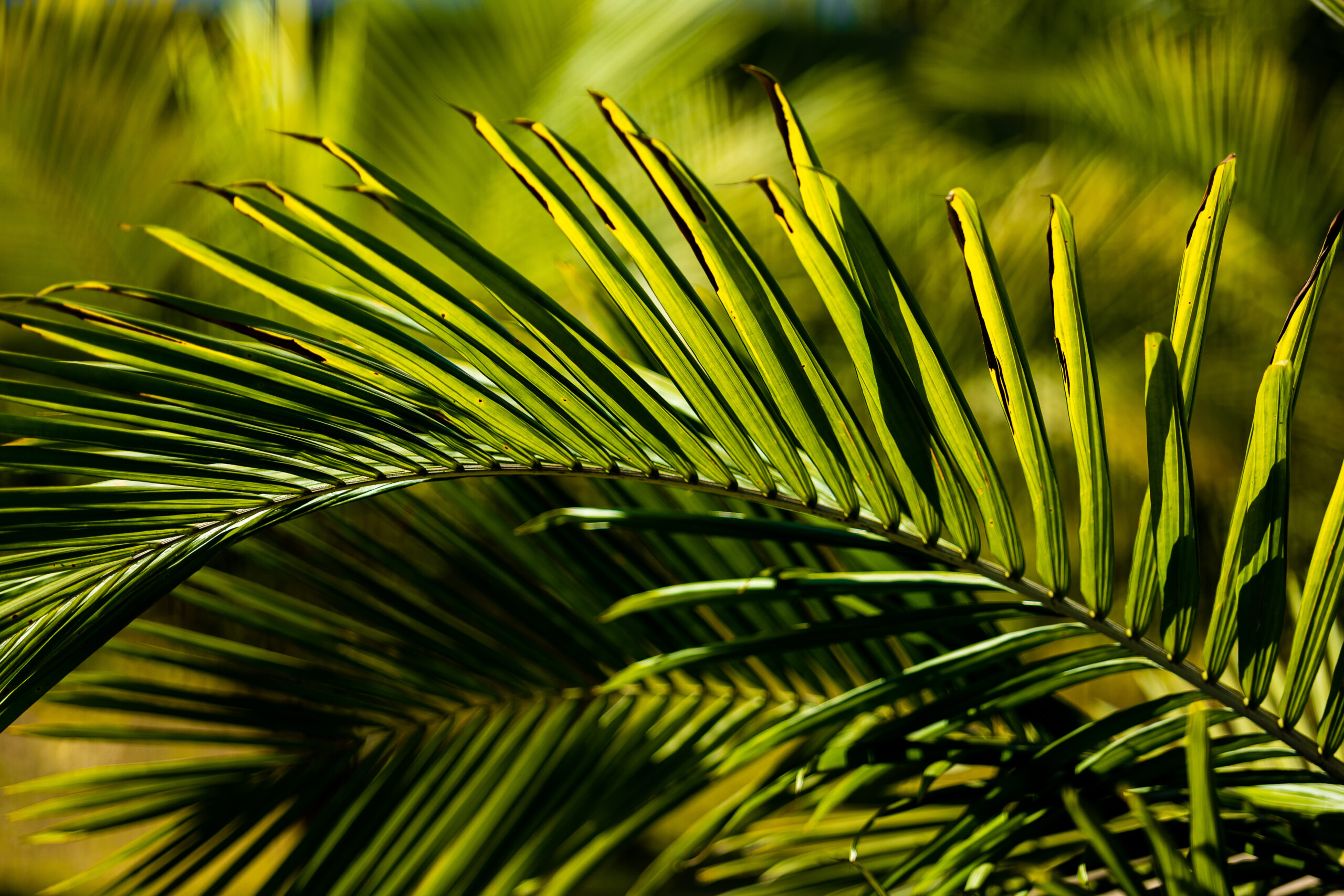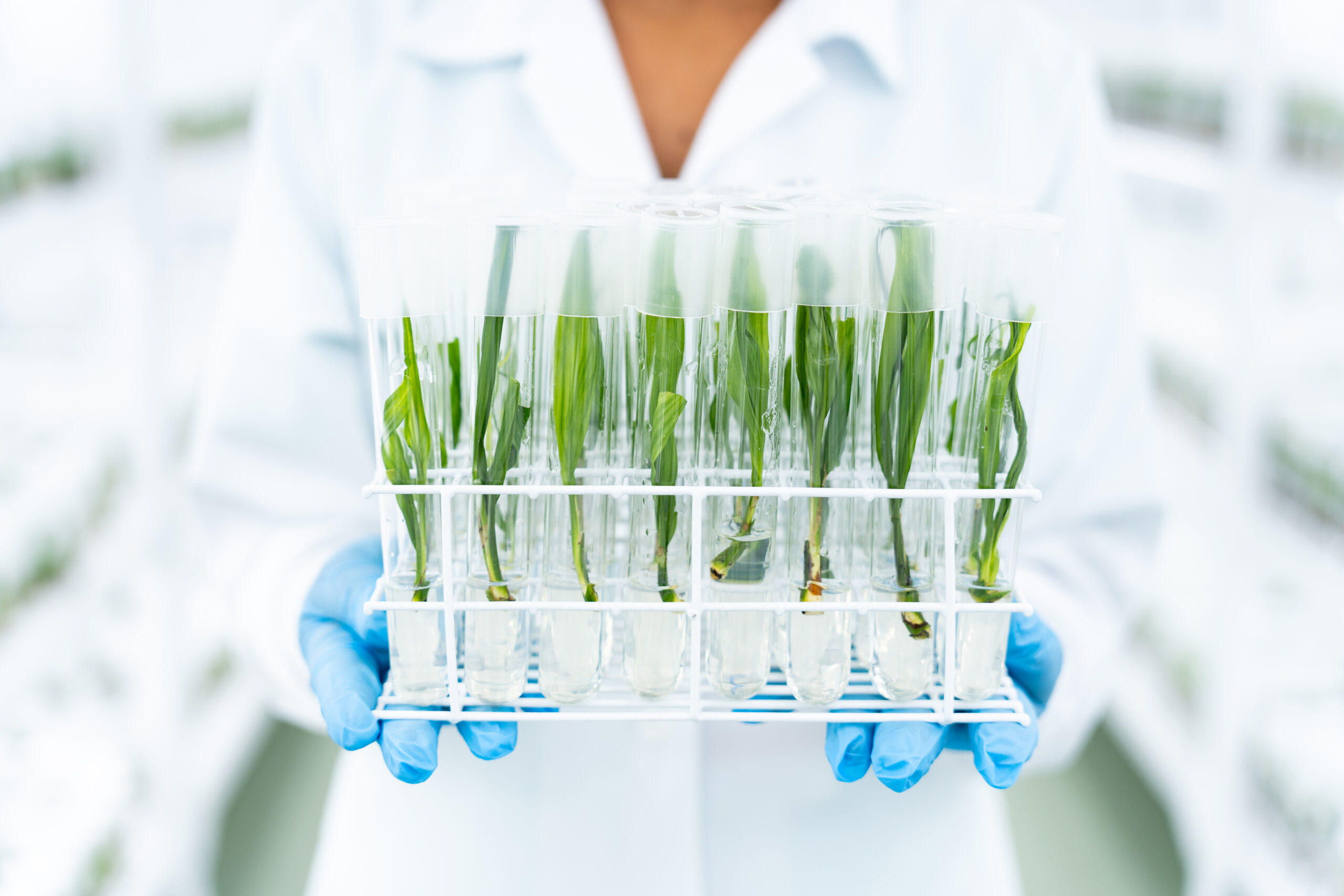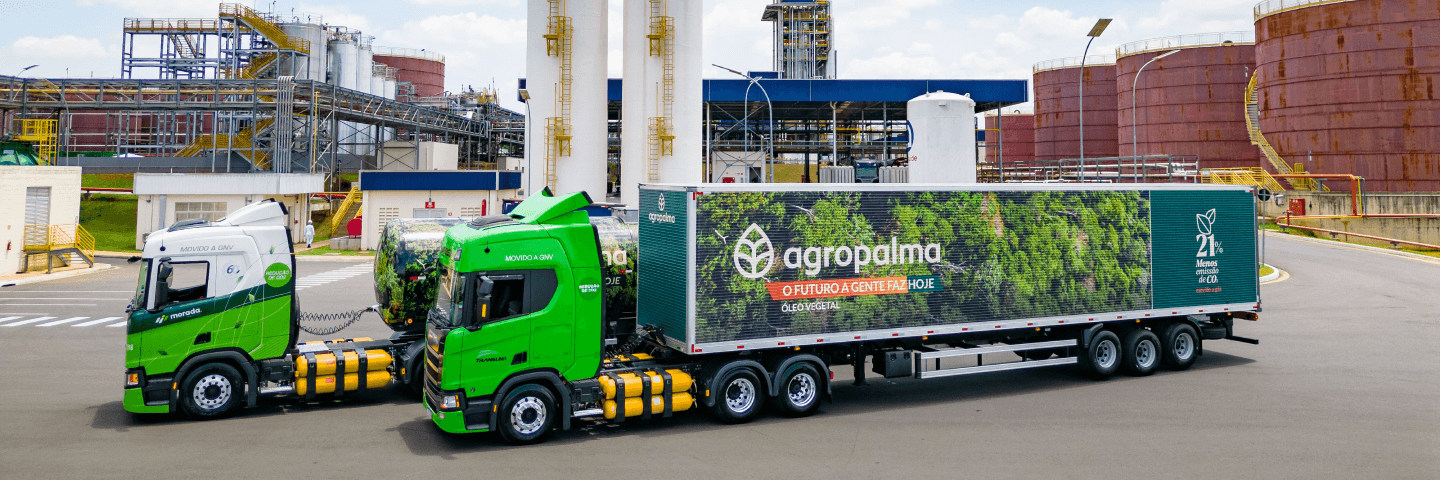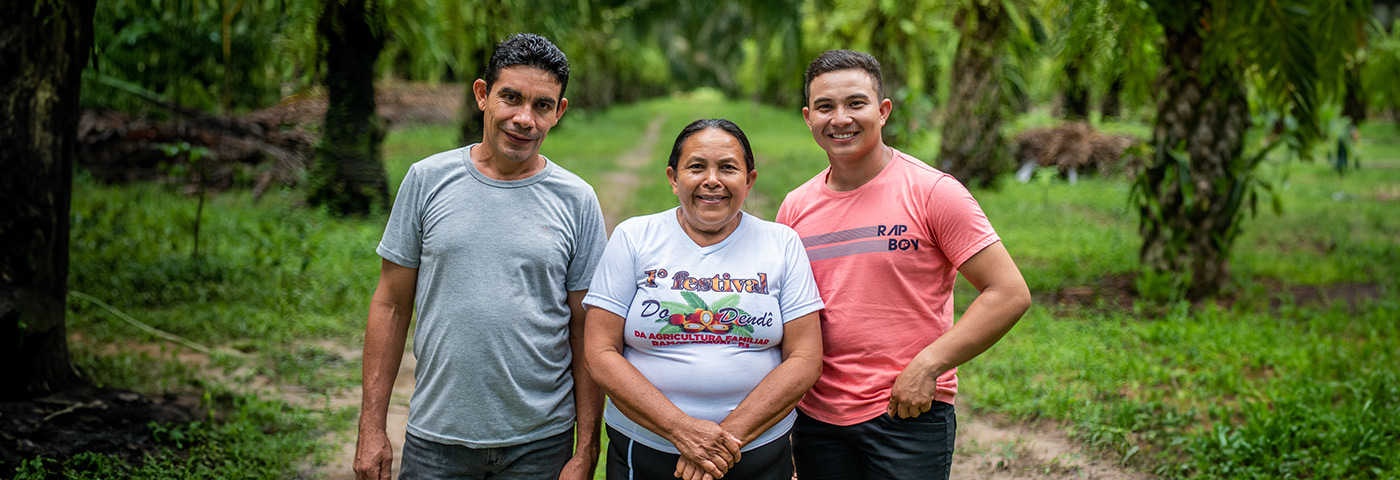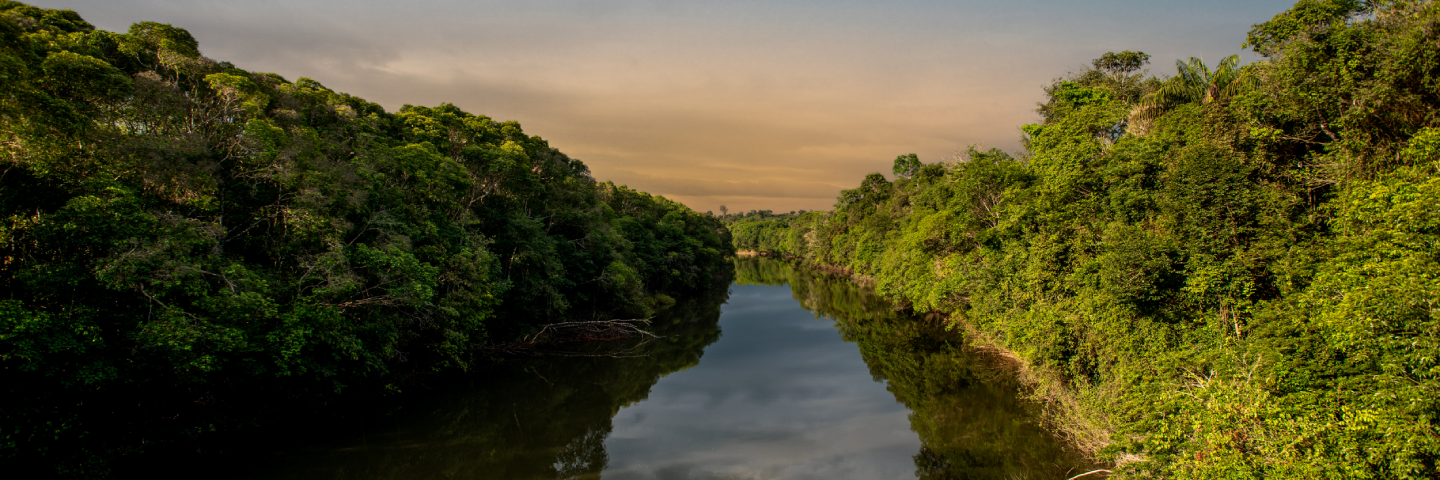The State of Pará contains one of the most important biomes of the world within its borders: the Amazon rainforest, rich in fauna and flora biodiversity. Despite all of its natural exuberance, its riches and rare species, the Amazon is being attacked and degraded by deforestation at growing rates each year. The year 2021 was the worst recorded in the past ten years, according to the Amazon Environment and Human Institute (Imazon). Data shows that over ten thousand square kilometers of native forest were destroyed last year – a 29% increase when compared to 2020. This is equivalent to half the state of Sergipe, according to the Deforestation Alert System (SAD).
The State of Pará comprises part of the Belém Endemism Center, which is equivalent to 24.3 million hectares of the Amazon Forest. It is the most threatened region in the Amazon, with the original forest reduced to less than 28% of its area. According to Instituto Peabiru, the indigenous lands and current conservation units together are less than 3 million hectares (less than 12%), and the only full protection conservation unit is the Gurupi Biological Reserve. It corresponds to 1.2% of the Belém Endemism Area, with 300,000 hectares.
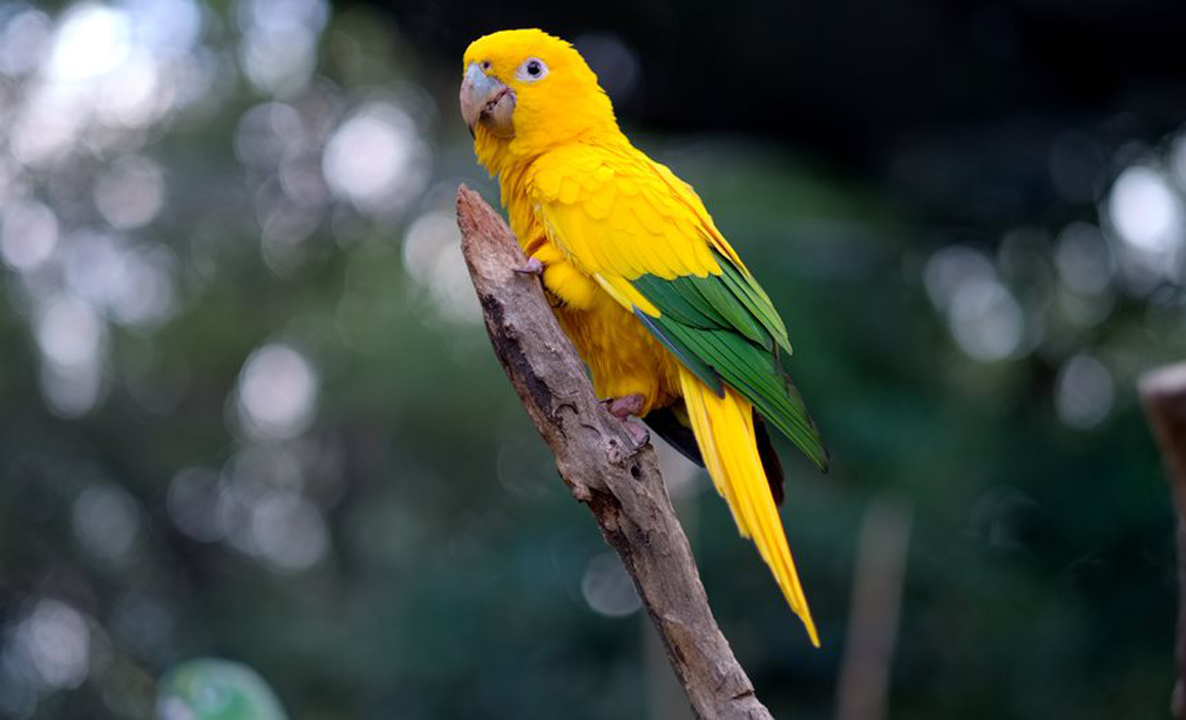
The fight to preserve the forest is a major one, fought by various agents that seek to uphold the environment. According to studies from the Instituto Peabiru, the few primary and secondary forest fragments still standing are inside private properties. Protected areas located inside private properties, as per Brazilian law, comprise approximately 30% of the total native vegetation of the country (167 million hectares). But even so, is the private sector managing to preserve these areas and work in effort with government organizations to fight deforestation and illegal activities?
History shows that this is the case. Conservation initiatives started in the 1970’s by regional companies. In 2002, the Amazon Protected Areas Program (Arpa) was created by WWF Brasil through an innovative arrangement between the Federal Government, state entities, private agents, and civil society. In the Amazon, several initiatives have been developed by the private sector that combine the conservation of forests and the sustainable use of its resources. Eco-tourism, environmental education, seed collection, and scientific research are examples of such initiatives.
In northeastern Pará, Agropalma has been performing an important role in preserving the remaining native forest areas. According to research by the Federal University of Pará (UFPA), the forest under the company’s responsibility shelters over four hundred bird species. According to professor Marcos Pérsio, of the UFPA Institute of Biological Sciences, most Amazonian endangered species are in the eastern area. Because this region has a widespread history of degradation, the remaining forest areas play a key role in the preservation of such species. “From an environmental standpoint, these remnant forest fragments are key to preserving the species, and the Agropalma area is extremely important for that,” highlights the researcher.
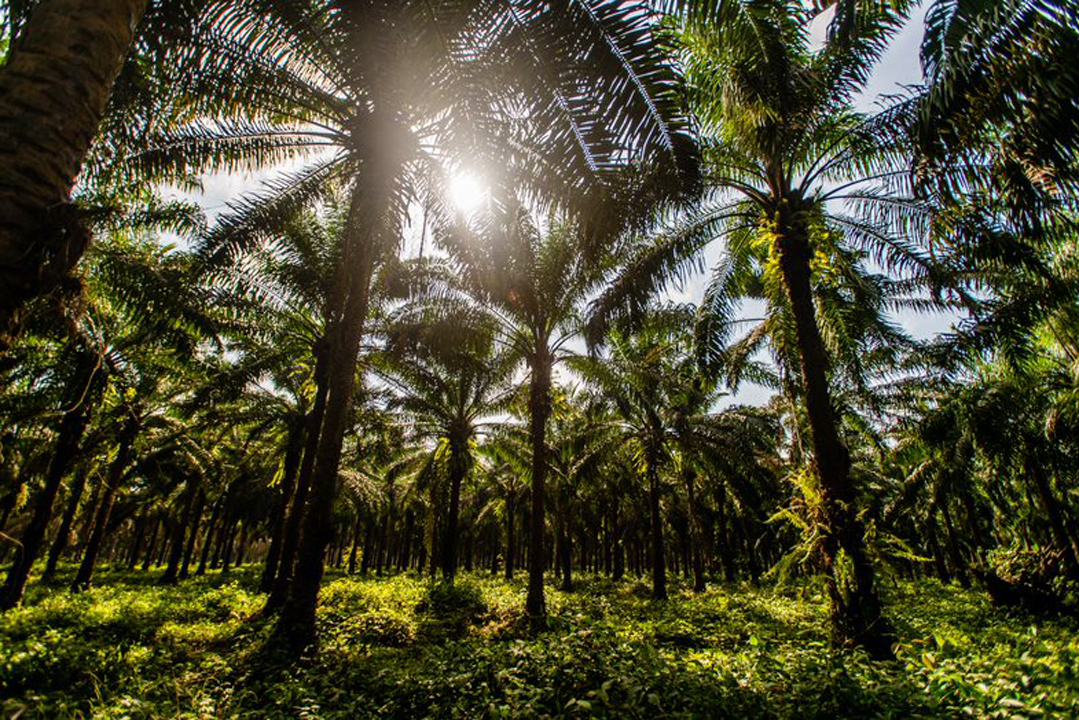
Patrícia Medici, scientist and coordinator of the National Initiative for Conservation for the Brazilian Tapir (INCAB) of the Ecological Research Institute (IPÊ), also highlights that the permanent culture of palm minimizes the so-called “border effect” in forest reserves. In other words, palm trees planted beside forests protect the forest borders against fires, strong winds, sunlight and other degrading agents. They can also decrease the amount of area insulation for some animal species. “For this reason, Agropalma forests are key to the preservation of biodiversity of this section of the Amazon, protecting a series of endangered species, such as the tapir, the jaguar and the giant armadillo”, Patrícia analyses.
Agropalma has been preserving native forest areas beside its plantations for decades. Vigilance brings benefits to the plantations and society. Tulio Dias Brito, the Agropalma’s Sustainability Director, emphasizes that caring for protected areas of the Amazon forest is part of a major joint effort between various private, government, and civil organizations. “The preservation of the local ecosystem is a legal and moral duty because it brings diverse benefits to society as a whole, such as the preservation of biodiversity, climate stability, and scientific development. For this reason, we also foster research and actively fight any illegal activities that may take place in our forest areas: because society is the greatest beneficiary. The area is under the responsibility of Agropalma, but the population of Pará, Brazil in general, and anyone that, at some point, was helped by the preservation of the Amazon rainforest, enjoy the greatest benefits”, he states.
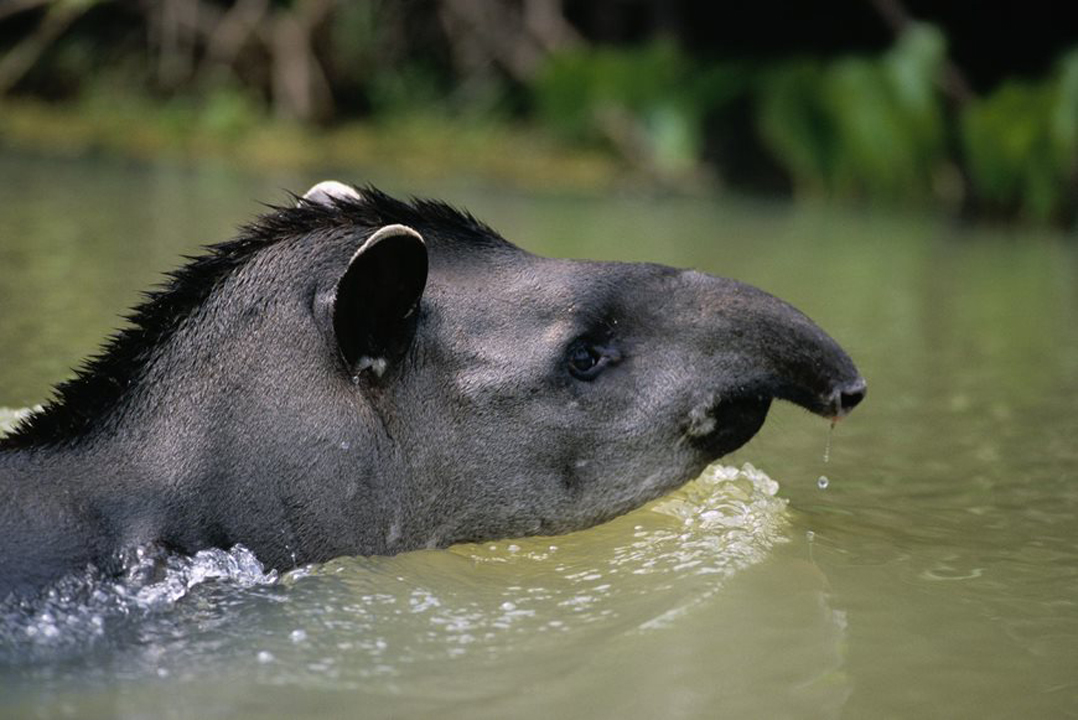
Climate impact
According to research carried out by the International Conservation, the Amazon mangroves and forests are fundamental to the planet’s climate stability and must be protected by humanity in order to prevent a global catastrophe. These ecosystems comprise what researchers call “unrecoverable carbon.” These are dense carbon reserves that, if released due to human activity, cannot be recovered in time to prevent the world from suffering the most dangerous impacts of climate change.
The study shows that half of the unrecoverable carbon reserves are heavily concentrated in about 3.3% of the Earth, mainly in old forests, peat bogs and mangroves, all found in the Amazon. In general, these vast carbon reserves are equivalent to 15 times the global fossil fuel emissions launched last year. The main ecosystems in the Amazon River basin collectively amount to 31.5 gigatons (Gt) of unrecoverable carbon – equivalent to almost three and a half years of global fossil fuel emissions – and have some of the highest unrecoverable carbon concentrations in the world. The Amazon comprises 23% of all unrecoverable carbon on Earth, with the highest amount in Brazil (20.2 Gt), followed by Peru (4.6), Colombia (4), Venezuela (2.7) and Bolivia (1.3).
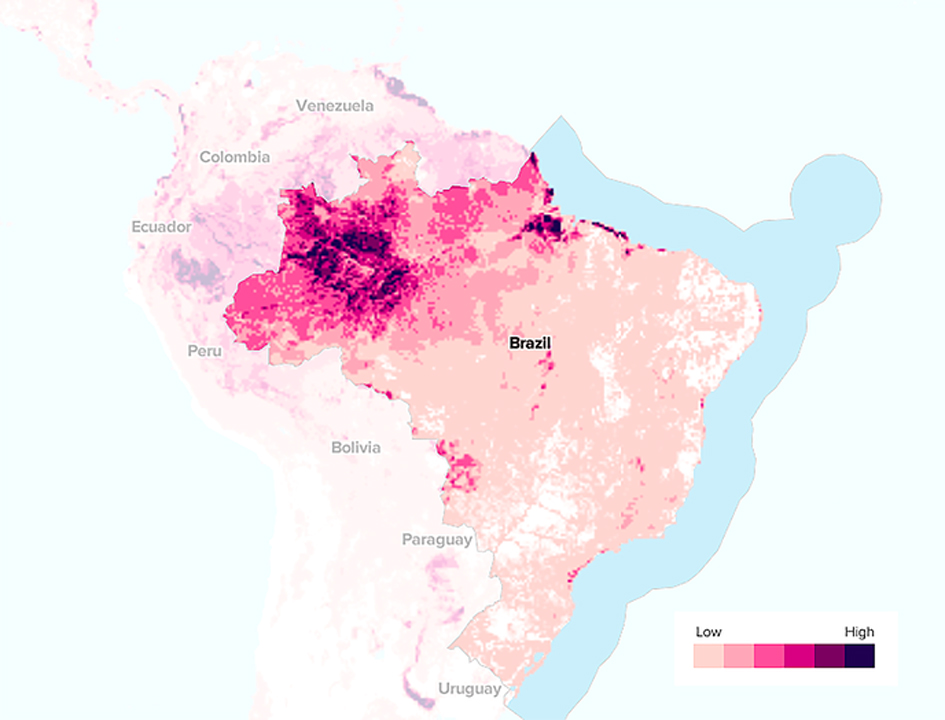
“Protecting the Amazon is of utmost importance to humanity, from an environmental, social, economic and cultural viewpoint. As well as the Conservation Units, protected public areas, the areas under responsibility of the private sector are also key to minimizing negative impacts of the climate crisis. We already know that the current palm tree growing method in Brazil, in which the production takes place in previously degraded areas, contributes to a sustainable production”, highlights Maurício Bianco, vice-chairman of CI-Brasil.
Hunting still practiced in the region
The lack of vigilance in the Amazon serves as an incentive for hunting. The activity has been forbidden in the country since the 1960s, but nonetheless, it has reduced the populations of several animal species and increased the risk of environmental imbalance. Because hunting can lead to the extinction of large animals, such as the white-lipped peccary and the Brazilian tapir, The Chico Mendes Institute for Conservation of Biodiversity (ICMBio), an organization from the Ministry of Environment, has been working in cooperation with the State Military Police in launching operations to fight environmental criminality in Conservation Units.
Hunting may lead to a population reduction of important species. Researcher Patrícia Médici warns that “an example of the problems caused by hunting in Agropalma reserves would be the local extinction of the tapir, since it is an animal with a very long reproductive cycle to bear a single cub, which is highly vulnerable to external issues, such as predators and infections. The impact of hunting, either for one’s own consumption or commercialization of tapir meat, would lead to an increased population reduction, and these animals would hardly be able to reproduce again”, she warns.
The researchers interviewed call out that any kind of degradation brings severe impacts to the environment and harmful effects, both local and global, may be irreversible.
Source: Diário Online
 Back
Back


